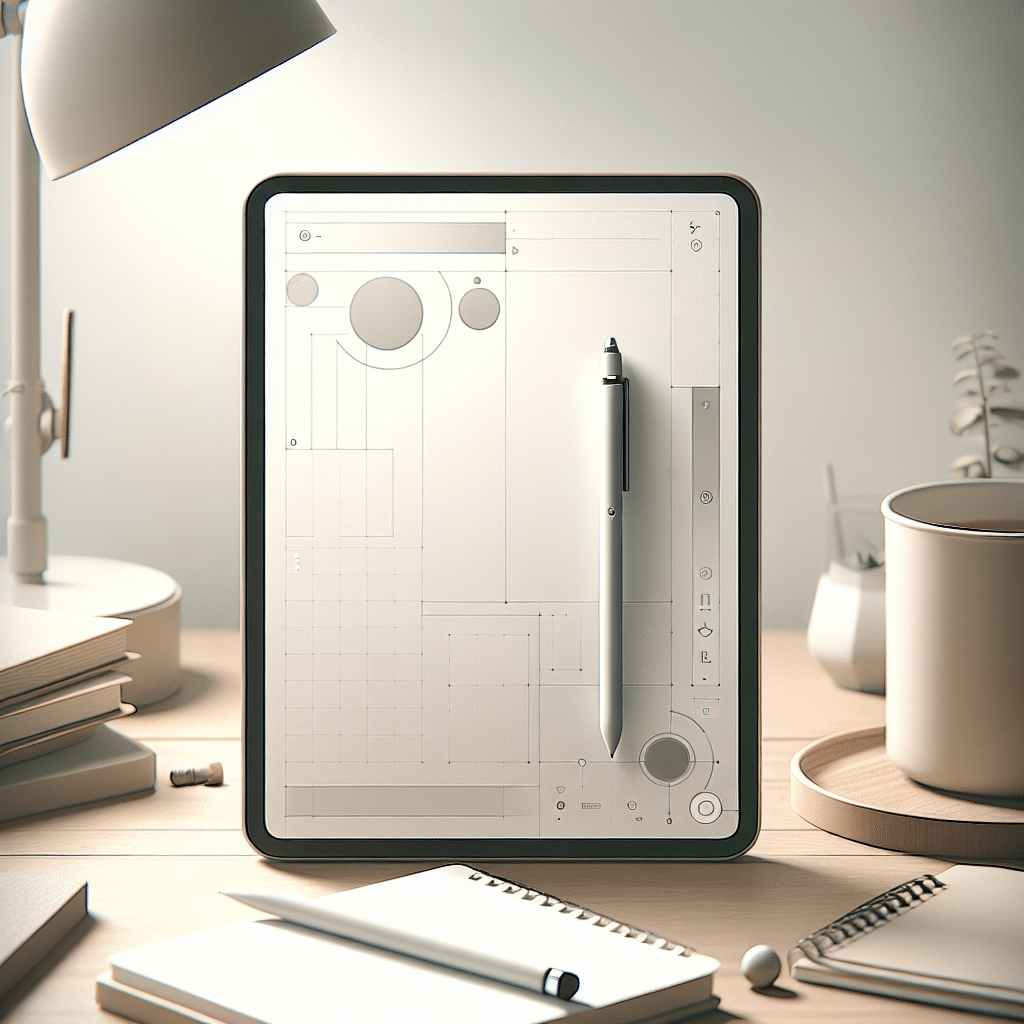Digital Note-Taking Tools for Minimalists
Understanding Minimalism in Note-Taking
Minimalism, at its core, is about simplicity and intentionality. For minimalists, adopting tools that align with these principles can significantly enhance productivity and reduce clutter. Digital note-taking tools have emerged as essential assets in the minimalist toolkit, allowing users to capture thoughts, ideas, and tasks without unnecessary distractions.
Key Features of Ideal Minimalist Note-Taking Tools
-
Simplicity and User Interface: A clean, intuitive interface enables quick navigation without needless distractions. Tools like Simplenote exemplify this principle, offering a streamlined experience focused solely on writing.
-
Cross-Platform Accessibility: Minimalists often move between devices. Powerful tools like Evernote and Notion ensure seamless access to notes across all platforms, including smartphones, tablets, and computers, enhancing workflow and consistency.
-
Organization Without Over-Complexity: Minimalist note-takers appreciate categorization but avoid complex structures. Tools such as Obsidian provide tag systems and linking without overwhelming users with options.
-
Speed and Efficiency: Fast input methods and quick retrieval of information are essential. Applications like Microsoft OneNote allow for rapid note-taking and search functionalities, enabling users to locate information easily.
-
Lightweight and Fast: Applications should load quickly and not require extensive time commitments. Tools like Typora focus on writing with zero delays, making them perfect for quick note-jotting sessions.
Top Digital Note-Taking Tools for Minimalists
1. Simplenote
-
Overview: Simplenote is designed with minimalism in mind. It offers a straightforward interface with no advanced formatting options to distract users. It’s perfect for straightforward note-taking.
-
Key Features:
- Cross-platform availability (iOS, Android, Windows, Linux)
- Real-time collaboration
- Tagging system for organization
-
Use Case: Ideal for daily journaling or simple task lists, where the focus is on clarity and speed rather than elaborate formatting.
2. Notion
-
Overview: Notion provides a flexible workspace combining note-taking, task management, and project planning. Its minimal settings allow users to craft personalized layouts.
-
Key Features:
- Database functionalities for advanced organization
- Templates for different use cases
- Collaborative features
-
Use Case: Excellent for creating a personal wiki or a minimalist project planner, where users can create interconnected notes without excessive structure.
3. Obsidian
-
Overview: Obsidian operates on local Markdown files, giving users full control over their data. It employs a simple interface while allowing intricacies through linking between notes.
-
Key Features:
- Graph view for visualizing connections
- Extensive plugin library for customization
- Supports backlinks, which facilitate easy navigation through ideas
-
Use Case: Perfect for knowledge management where users want to explore and connect various concepts without cluttering their workspace.
4. Apple Notes
-
Overview: Built into Apple’s ecosystem, Apple Notes offers a minimalist design with enough features to cater to most note-taking needs.
-
Key Features:
- Strong integration with other Apple apps
- Handwriting and sketch support for iPads
- Simple organization through folders
-
Use Case: Suitable for users already integrated into Apple’s ecosystem looking for a no-frills solution to jot down ideas on the go.
5. Google Keep
-
Overview: Google Keep allows for quick notes and checklists in a card format. Its minimalist design encourages users to capture thoughts promptly and efficiently.
-
Key Features:
- Color-coded organization for quick visual sorting
- Voice notes and image captures directly into notes
- Easy sharing and collaboration options
-
Use Case: Ideal for on-the-go note-taking and for users requiring minimal features for quick reminders or tasks.
6. Bear
-
Overview: Bear focuses on writing through a minimalist Markdown editor, providing a distraction-free interface emphasizing typography.
-
Key Features:
- Advanced tagging system for organization
- Cross-device syncing (macOS and iOS)
- Exporting options in various formats
-
Use Case: Perfect for writers who want to maintain a minimalist appearance while leveraging powerful writing tools.
7. Microsoft OneNote
-
Overview: OneNote combines digital notebook aesthetics with structured organization. Although it offers extensive features, users can maintain a simple layout.
-
Key Features:
- Free-form canvas for personalized note organization
- Tags and search functionality
- Integration with other Microsoft Office products
-
Use Case: Ideal for users familiar with Microsoft products seeking to integrate their notetaking across multiple aspects of their digital lives.
Effective Strategies for Minimalist Note-Taking
-
Prioritize Quality Over Quantity: Focus on capturing key ideas rather than writing everything down. This encourages deeper thinking and more meaningful notes.
-
Regular Review and Cleanup: To maintain minimalism, regularly review notes and delete what’s no longer relevant. This practice keeps your digital space uncluttered.
-
Utilize Tags and Links: Using tags effectively enhances organization without complicating your note structure. Link ideas to forge deeper connections between thoughts.
-
Set Clear Purposes for Each Note: Be intentional about what each note should accomplish. Whether a task list, brainstorming session, or meeting notes, clarity enhances focus.
-
Limit Features to What Matters: Resist the temptation to use every feature within a tool. Stick to customizations that genuinely improve your note-taking experience.
Conclusion
While digital note-taking tools are abundant, minimalists can discover significant value in choosing platforms that prioritize simplicity, accessibility, and efficiency. Exploring the tools mentioned and implementing effective strategies can transform note-taking from a mundane task into an empowering habit, streamlining thoughts and enhancing productivity. Embracing minimalism in this digital age not only declutters the mind but also fosters a focused, intentional approach to information management.
